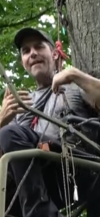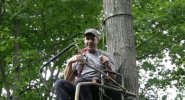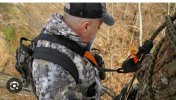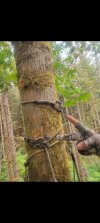I agree that your method is the safest way to go.My position is that it doesn't matter whether we have climbed a tree with sticks or steps or a ladder or a rope. It doesn't matter what our feet are on. It doesn't matter where we are facing. We simply always need to be tied in, low slack and high reliability path to ground. A saddle provides that. To my knowledge, a conventional FAH only addresses the fall. I have spoken to rope rescue personnel who have recovered the suspension victims. That's why these articles are written: always be ready to phone a friend.
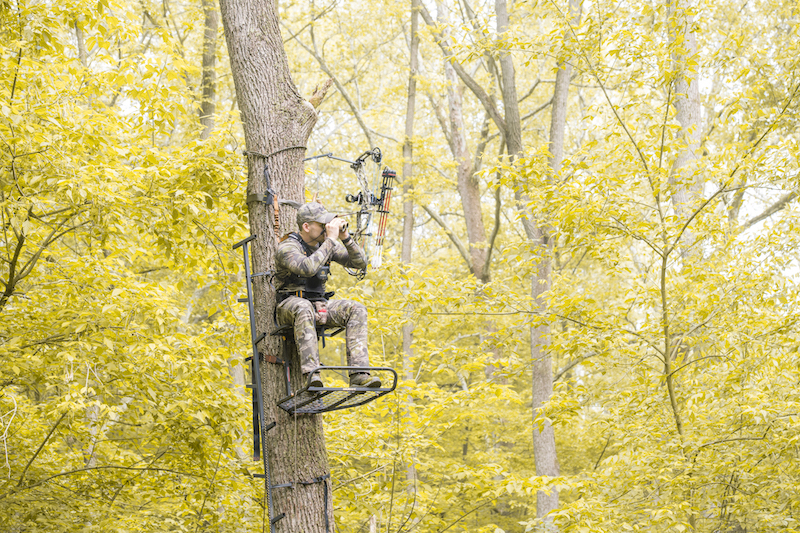
Help! I Fell From my Treestand. Now What?
Don’t panic! Here’s what to do if you fall from your treestand.bowhuntersunited.com
It is my position that if we have managed our slack profile down to inches, our bodies and a well made saddle will absorb a fall of inches (less than a foot) and FF
Also, I would like to understand what is your definition of what constitutes a "dynamic event"? Techically ANY fall is a dynamic event. But I don't know anybody who would retire a saddle after a one inch fall? Would you? Two inches? Sitting down abruptly is a dynamic event and generates similar force. What is YOUR definition of a permissible fall distance in a saddle and in a FAH? I can't find that anywhere. And I have been searching.
My position is that we should strive for zero slack and in a worst case, if our footing collapsed, ensure that we can never fall more than a foot in a saddle, with FF
Also, the details about how I sit in a tree stand in a saddle are all covered in the above video, minute 10: when i sit with my back to the tree, i am on no more than a couple inches. Just enough to allow my head to turn.
JrbTreeClimbing.com, affiliated with RockNArbor.com
But when your are sitting in the tree stand, I am not so convinced that the saddle with the tether over the shoulder is the best option. I did that last season and felt it restricted my movement too much. A saddle harness with a rear connection can be tight when sitting and the slack can be removed when standing.
The only concern I have is if the tree stand stap broke and the stand fell. Can I turn around to face the tree for self rescue hanging in the harness?


